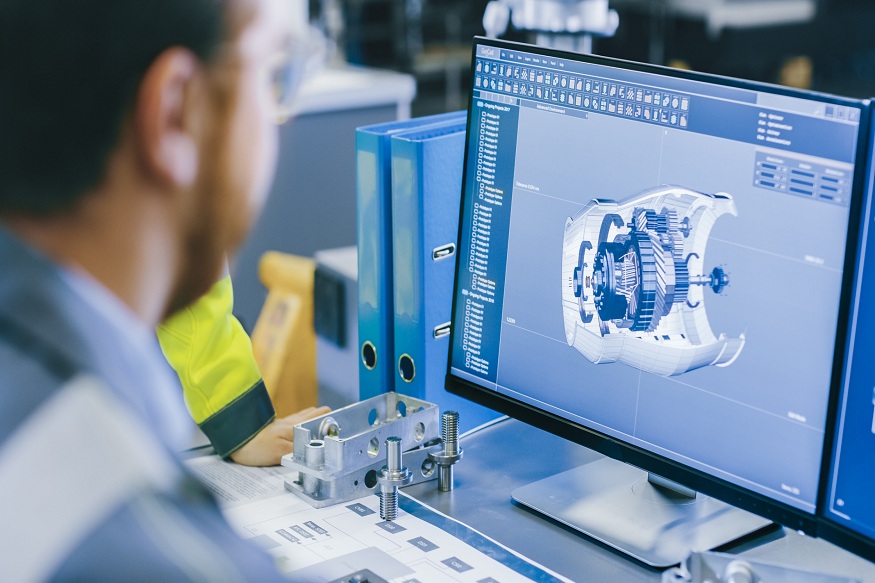Engineers and designers face the constant challenge of optimizing performance while minimizing costs. According to the experts at Aerodine Composites, new advanced composites are allowing them to optimize designs with lighter and stronger materials without sacrificing precision or quality. These improvements boost functionality, efficiency, and sustainability in aerospace, automotive, and consumer products.
Stronger and Lighter Materials
Advanced composites refer to a range of materials made by combining multiple components to utilize the best features of each one. The resulting composite material ends up being better than any of the individual constituents. Using lighter materials directly translates to better fuel efficiency in vehicles and airplanes. Advanced composites enable designing lighter products without downgrading performance or quality.
Optimized Manufacturing Techniques
Along with advanced materials, new manufacturing processes allow for more efficiency and customization. Cutting and shaping composites utilizes different techniques compared to traditional metal fabrication. Water jets, laser cutting and automated machining tools empower faster prototyping and small batch production. 3D printing has progressed rapidly to print extremely detailed composite elements impossible with standard manufacturing.
Computer aided design (CAD) software and finite element analysis (FEA) are critical to simulate real-world stresses on components and find the optimal internal structures. The designing stage defines composite layup configurations, thermally cured resins, and reinforcement placement tailored to pressure loads. Precision modeling then feeds directly to automated production systems for executing those complex designs.
Multi-Functional Integration
Beyond replacing existing parts, advanced composites also enable consolidation of components with multi-functional integration. For instance, structural frames can embed wiring channels, heat dissipation and vibration damping all within a single advanced composite piece. Consolidation through integration eliminates weight and space that separate components would have required. The unified parts have cleaner interfaces and assemblies while concentrating functional density.
Strategic Use of Composites
Implementing advanced composites has tradeoffs depending on how extensively they are utilized. Substituting select metal components with carbon fiber and consolidating some parts via multi-functional integration achieves tremendous performance gains. However, an entire vehicle body or airplane fuselage made purely from composites can be prohibitively expensive and difficult to repair. Engineers assess stress areas to strategically upgrade critical sections first.
Balancing performance improvements, manufacturing costs and maintenance considerations is crucial. Minor body panels and housings are simpler starting points for adopting advanced composites over metals. For structural frames, hybridizing metal and composite elements combines their strengths. Metals handle simple shapes well, while composites enable intricate reinforced forms. Finding the right balance unlocks substantial benefits without unrealistic tradeoffs.
Current and Future Applications
Many cutting-edge products already take advantage of advanced composites, but further adoption is still expanding. Racing cars, high-end bicycles and sporting gear utilize carbon fiber and reinforced polymers extensively for their strength and lightness. Commercial airliners contain improved wings, empennage and fan blades using next-gen aerospace composites to cut weight.
Further advancements in materials science will reveal composites that outperform even carbon fiber. Graphene and nanocellulose fibers look immensely promising. Manufacturing enhancements will also increase automation and lower fabrication expenses. The future holds more widespread utilization of multifunctional advanced composites, boosting system-level improvements.
Conclusion
The necessity of balancing complex and interwoven tradeoffs compels engineers to develop a profound understanding of the overarching system objectives, thereby promoting the prudent and considered use of composite materials. Strategic application combines the right manufacturing processes and materials where they count most. Optimized placement concentrates benefits where needed, not necessarily across entire designs. Discovering the best combinations to meet demanding strength, weight and functionality requirements is the art of upgrading without compromise. The proliferation of advanced composites will transform production across sectors through precisely tailored and consolidated components. Performance meets precision with their specialized integration that moves possibilities forward.



